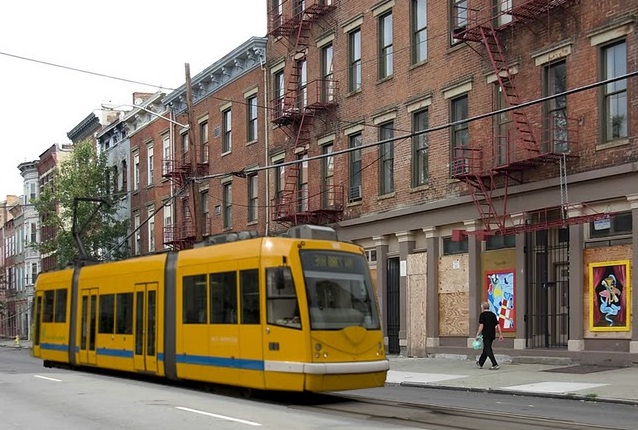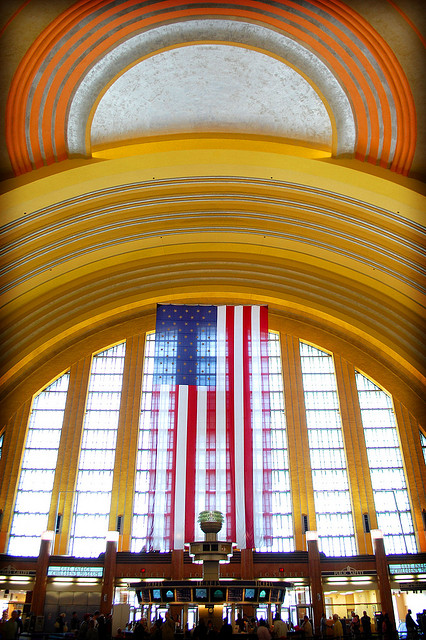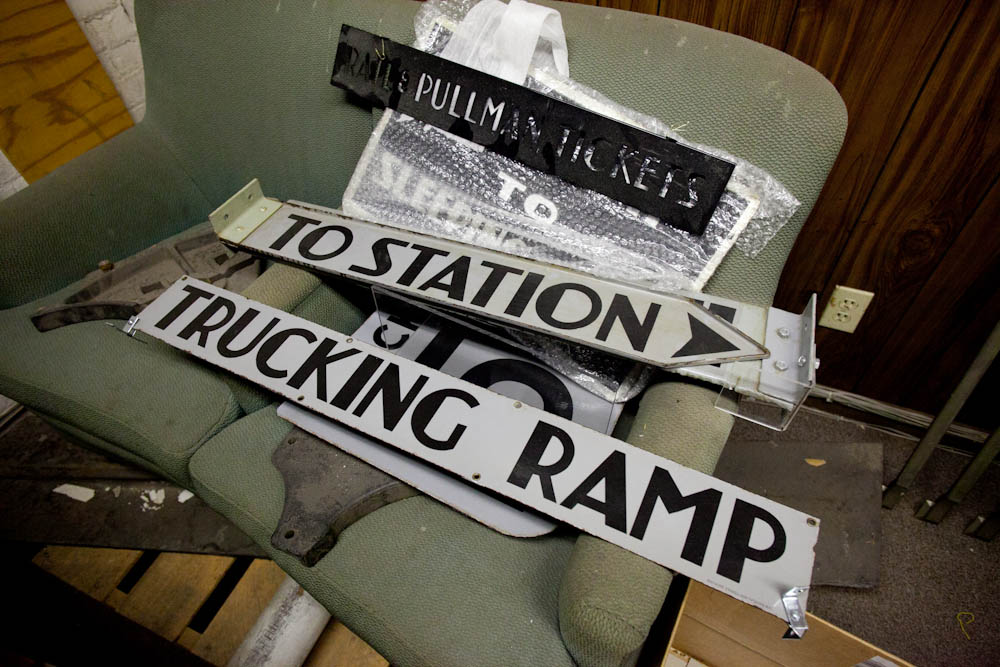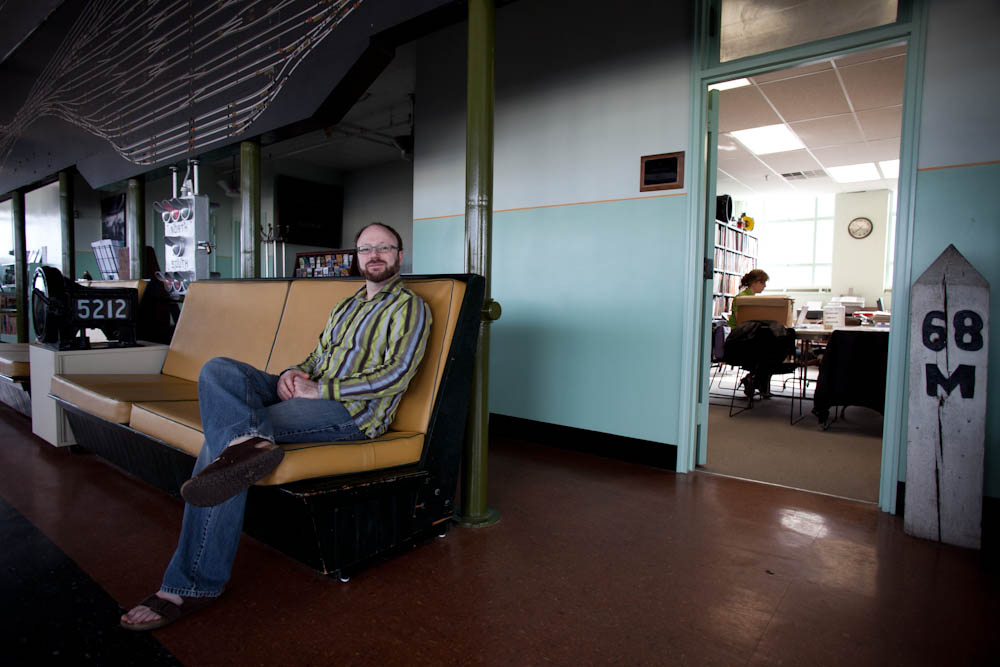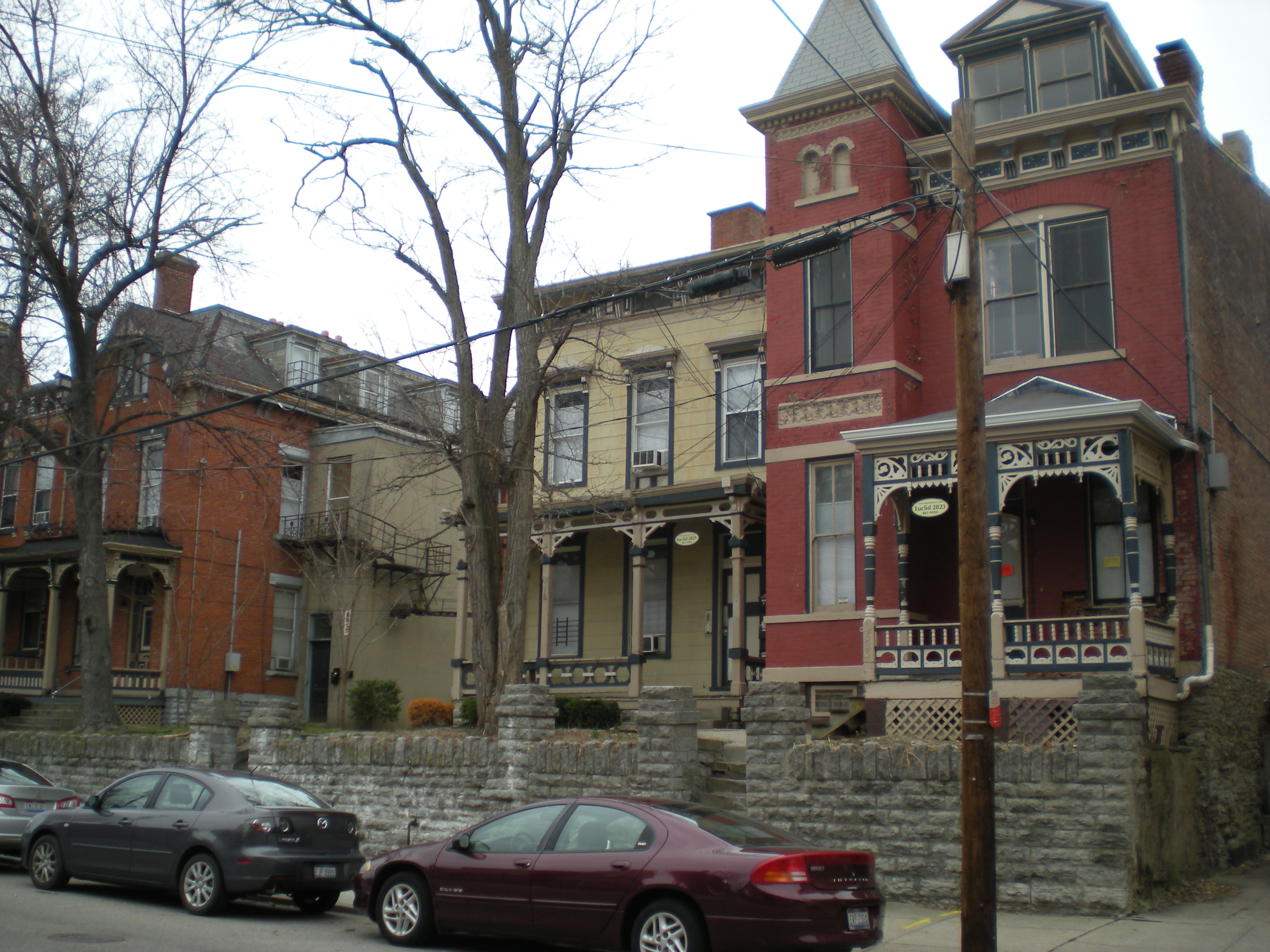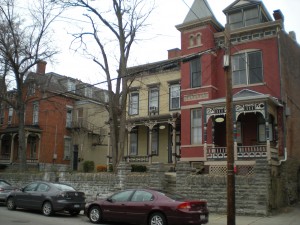 For those of you who don’t already know, over the last 10 to 20 years a large part of one of Cincinnati’s most historic neighborhoods has been lost. Back when I was in college, around 2005 or so, block after block of old houses were destroyed around the University of Cincinnati in order to develop new housing for students and young professionals. One of the hardest hit areas was Corryville, where literally about every other morning I’d be woken up by the high pitched sounds of construction equipment tearing through layer after layer of solidly built brick.
For those of you who don’t already know, over the last 10 to 20 years a large part of one of Cincinnati’s most historic neighborhoods has been lost. Back when I was in college, around 2005 or so, block after block of old houses were destroyed around the University of Cincinnati in order to develop new housing for students and young professionals. One of the hardest hit areas was Corryville, where literally about every other morning I’d be woken up by the high pitched sounds of construction equipment tearing through layer after layer of solidly built brick.
At that point in time Cincinnati was at a low point: the riots were still fresh in everyone’s memory, crime was way up, many cool places had shutdown due to “slowed business” and anyone who was young was jaded about what Cincinnati had to offer to those of us not enamored of living the suburban lifestyle.
These demolitions are what made me the most bitter about the city. When I was a kid, I lived in Warren County, and visited both Dayton and Cincinnati with my parents. Dayton was never a draw for me – it kind of felt just like many other older towns I also visited, like Columbus, or Indianapolis.
Cincinnati was different. I loved the city; it felt like a visualization of how a “big city” was always presented as in popular media, with its many densely built brick townhouses and apartments, and it felt like the place I could go to escape the overly manicured, sterile and cold humdrum of suburbia.
When presented with an option of what university I wanted to go to, part of my decision was based upon living in Cincinnati because of its character and urbanity. These demolitions took away that character and replaced it with something I could find in the suburb I grew up in. As a result I wanted very badly to leave and I did in 2007 after graduating. I felt as though Cincinnati had no future as it was throwing away its best asset, its built environment.
In talking with people down in Cincinnati about the city, over and over again I got the same opinion; “This place sucks”, “Cincinnati is no fun”, “This place doesn’t have anything to offer me as a young person”. When I presented to people how beautiful the architecture was they’d respond with a shrug. One person I knew even proposed turning OTR into a giant parking lot.
All of this negativity made me feel like I was powerless to make a difference against the march of redevelopment that was being lead by developers like Uptown Properties to turn Corryville from a classy but somewhat run down urban neighborhood, into a suburban-like wasteland of student apartment complexes and the occasional “fast casual restaurant”.
Fast forward a few years later. I’ve traveled to almost all of the great cities in the US, and now live in one of them; Chicago. While Chicago is great, I kept wanting to find a neighborhood that was like a restored Over-the-Rhine or Corryville. While there are places that come close, nothing really has the classic grandeur of those neighborhoods in Cincinnati. Traveling to the East Coast was a different story. I was met with large areas in famous cities like Boston and New York City that felt like larger and more lively versions of what I left behind in southwest Ohio.
Recently I decided use to Google StreetView to see how many US cities actually had the kind of built form and character Cincinnati had. Upon doing this, I found a lot more “Indianapolises” than “Cincinnatis”. I came to the conclusion that almost all the other cities that had Cincinnati’s level of urban character were nationally known places; Savannah, Charleston, New Orleans, Boston, San Francisco, and parts of Brooklyn.
I found out that Cincinnati was in the same league as major tourist destinations that drew tourists and residents alike to them for their beautiful old buildings. The question I began to ask was, why is Cincinnati not part of the party? Why is Cincinnati not thought of in the national consciousness at least at the level of Savannah as a place to go to be immersed in an old beautiful urban environment?
I felt that the answer was that Cincinnatians don’t care enough about their amazing assets to really use then to their full potential, and that the nonchalant way that Corryville was being demolished block by block was a symptom of one of the city’s biggest ills.
More recently, I’ve noticed an increased awareness and interest in Cincinnati’s history. With this increased awareness I took a few tours of OTR when I was in town, and realized just how important Cincinnati was in its heyday. This renewed interest in Cincinnati’s history, combined with a growing preservationist movement, made me passionate to work towards righting the wrongs that were committed against my old neighborhood in Cincinnati – Corryville.
It is up to city council, the city manager, and the mayor to fix the regulations currently in place that allow our historic buildings to be torn down at such an alarming rate. Ensuring that these wrongs that are being committed against the urban assets that could make Cincinnati a nationally known city, be stopped dead in their tracks.
If you show your support towards preservation and against demolitions, Cincinnati would be in a far better position to sell itself as one of the most beautiful places in the Midwest. If developers like Uptown Properties continue to get their way, Cincinnati will be a fading memory, a once grand proud city, dying away, slowly being turned into a wasteland of failed projects and failed dreams- a place that is no longer unique or culturally significant on a national scale.
Last weekend, I was talking with friends about how our generation handles civic duty. In this discussion, I brought up the activism I’ve been working on for preservation in Cincinnati. A waitress in her 20s or early 30s, paused and asked me to provide more detail. She then told me that she used to live in Cincinnati and was shocked anyone down there actually believed in how amazing the city’s built environment was and how it could be used to the city’s advantage.
She had felt that the attitude in Cincinnati was one of destroying it all, and was afraid that rumors she had heard of Over-the-Rhine being completely demolished would come true. She finally felt that if the city and its citizens actually cared about what made Cincinnati great, then maybe people like me and her wouldn’t be chased away from it. It was an interesting random encounter I had up in Chicago that made an excellent point. Cincinnati is losing population, enough people don’t like living there that they want to leave. The question that should be asked instead is what can Cincinnati do to make itself draw people again? The answer lies in part in preservation of its best asset: its historic architecture.
Here I am in Chicago. I could very easily not care about Cincinnati anymore as I don’t live there. Yet, Cincinnati is so unique as a city that it should do everything in its power to preserve that uniqueness. This uniqueness makes it not only an issue of local significance but of national significance too, as neglect of its high quality old buildings will cause this country to lose one of its greatest treasures.
The city council meeting earlier this week was exactly about this kind of issue. It’s about preserving the beauty of Cincinnati so that everyone in this country can enjoy it and consider living in it, and so that people who live in and around Cincinnati can be proud of it’s grand old buildings like the ones slated for demolition in Corryville as a hallmark feature of their great city.
Neil Clingerman is a 27-year-old IT professional working in the Financial Industry who lives in Chicago, but never fully took his heart away from Cincinnati. He was born and raised in southwest Ohio, and moved to Chicago after graduating from college in 2007 at the University of Cincinnati with a BBA in Information Systems. He describes himself as someone who is passionate about many different subjects including history, cities, politics and culture.
